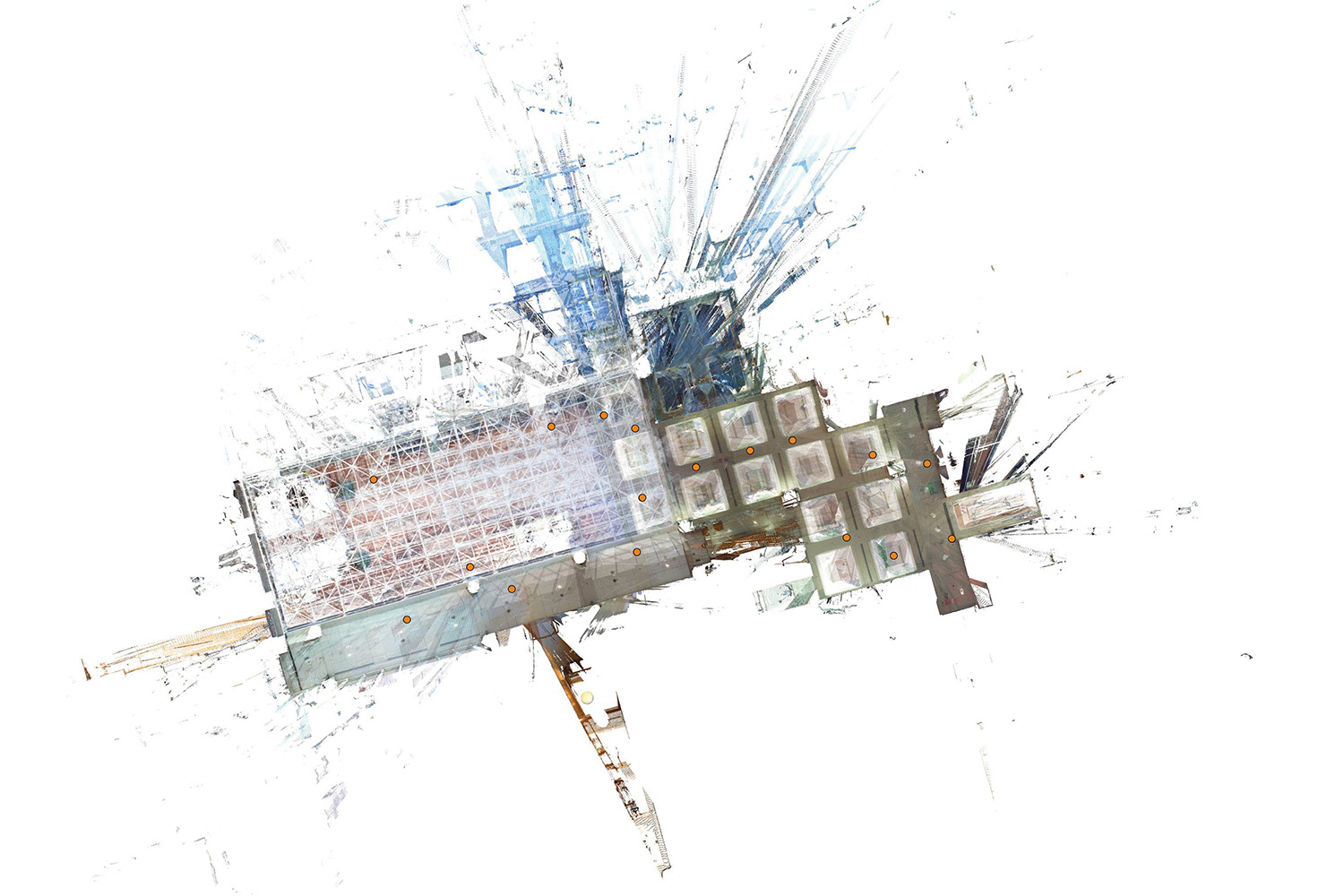Facilities Management and Turnover
Share

A significant contributor to extending the life cycle of a building is maintenance, preventative, and otherwise.
However, most buildings aren’t maintained properly because facilities management doesn’t have the right information in the right place at the right time to perform work orders.
Preventative maintenance information tends to be documented in multiple locations—dynamic databases, static digital files (PDF), or paper hardcopies. Without integrated preventative maintenance schedules equipment is often not serviced properly, which, at best, causes operational inefficiencies, and at worst, causes catastrophic failures. For instance, during an occupied renovation of Maryland General Hospital, a catastrophic failure occurred in the existing chillers. The adhesive in the chiller bearings which caused the failure was supposed to be replaced every 10 years, but it hadn’t been replaced for 15 years when it clogged the oil filters. Here is the cost breakdown:
- Savings from Avoiding Maintenance = $15,000
- Repair Costs of Clogged Oil Filter = $120,000
- Cost of Temporary Cooling = excluded
- Cost of Failure = $105,000
Even when repairs are performed, workers often don’t have access to all of the information that they need: warranty information, service contract information, part numbers and manuals, drawings, contact information, etc. There is a cost associated with this: time. Birgitta Foster from Sandia National Labs calculated this to be $2.4M annually for her facility. She presented an integrated solution to the facilities management team, who estimated time savings from this solution:
Source: Sandia National Labs
Savings with Integrated Solution
- 2 hrs/work order
- Cost Per Hour = $50/hr
- Annual Number of Work Orders = 48,000
- Total Cost = $2,400,000
- “2”>**half of Sandia’s work orders take less than 2 hours (so were eliminated from the calculations)
Other costs associated with missing information occur when workers perform repairs on items under warranty or services contracts. In essence, facilities are paying twice to maintain those items.
One of the ways that owners, specifically Maryland General and Sandia National Labs, realize those potential savings is by integrating all facilities management information into a consolidated database that is accessible from a number of locations through various means. Although solutions like these generally include a BIM component, the BIM isn’t as integrated as Tocci would like it to be. Since the BIM has the potential to hold all project information and data, we would like to see the BIM as the centerpiece of turnover and facilities management, rather than one of the many media to access potentially uncoordinated information. Until BIM truly integrates into facilities management applications and systems, it is relegated to a supporting role during facilities management. Although there are custom applications available and some companies are able to provide custom solutions to clients, the industry needs a more flexible solution to capture the untapped savings of preventative maintenance.